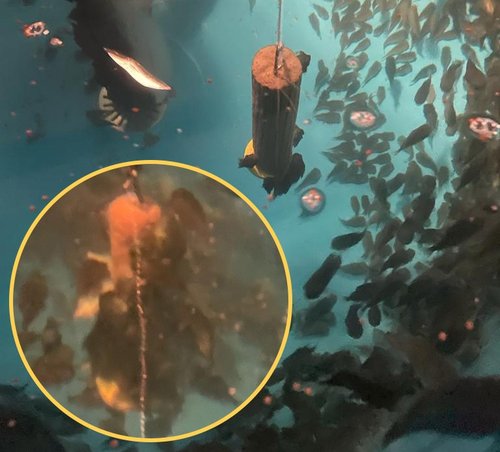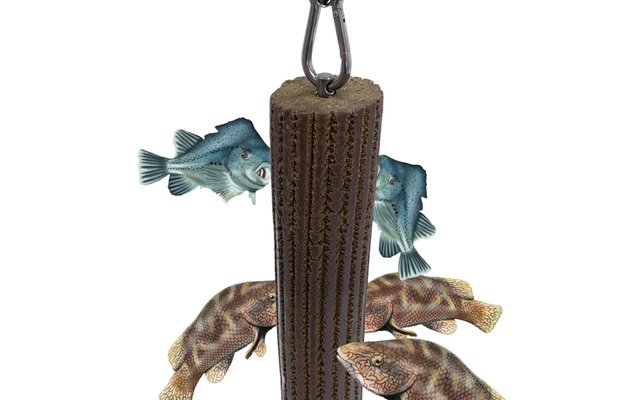UK manufacturer, World Feeds, has been making strides in improving cleaner fish health, welfare and efficacy against sea lice. Their innovative VAF Feed Blocks have been embraced by six of the seven largest salmon producers in Scotland, with major farms in Norway also on board to reap the multitude of benefits their feeding strategies offer.
World Feeds are now bolstering the effectiveness of the VAF Feed Block by trialing them at the hatchery stage. Several operations, including Ocean Matters and Otter Ferry in Scotland, noted that this early-stage exposure helped acclimate the juvenile fish to grazing on blocks, leading them to habitually gather at depth in selected locations for feeding. This behavioral practice becoming ingrained at the hatchery stage enables even greater effectiveness of VAF feeding strategies once the adult cleaner fish reach the sea pen.
Furthermore, a new “Platinum” version of the feed block, containing key dietary components known to support the immune system and maximize health and condition is now available. The company recommended its use as part of a six-week feeding program during the pre- and post-deployment into the sea pen. This strategy yields optimum results for fish welfare during times of stress, such as the transportation process.

Juvenile lumpfish acclimation.
The feed block diet in sea pens
The feed block diet is deployed on a bespoke feeding station called an MLD system (Manual Line Deployment). Several MLDs are lowered to a designated depth around the sea pen as a means of dispersing the cleaner fish to strategic feeding positions. Crucially, feeding at depth leads the cleaner species to habituate to feeding among the salmon, as opposed to gravitating towards the surface as with pellet dispensers. This behavioral conditioning ultimately increases their contact time with salmon and, by extension, sea lice.
The water-stable blocks present an all-day feeding solution, allowing cleaner fish to exhibit natural grazing behavior throughout the day. Unlike salmon, these demersal species feed by gravitating around the feed block and graze by taking small bites. The grooved texture of the block is explicitly designed to allow the distinct mouth parts of cleaner species to gain better purchase on the feed, providing optimum grazing potential. Salmon, being pelagic feeders, ignore the blocks, feeding in the mid-water column on food that appears in front of their faces.
World Feeds Managing Director, Peter Kersh, said that “the fact there has never been a dedicated diet like the VAF Feed Block on the market is likely why there have been so many concerns surrounding cleaner fish welfare in the first place.” Studies using the blocks have recorded stable, controlled growth rates, significantly reduced mortality and less aggression during feeding. All results indicative of a marked improvement to cleaner fish general health and welfare - in turn improving their efficacy as sea lice hunters.”













